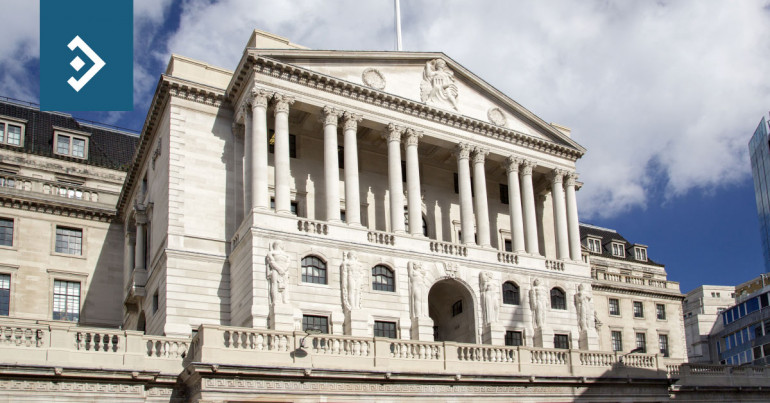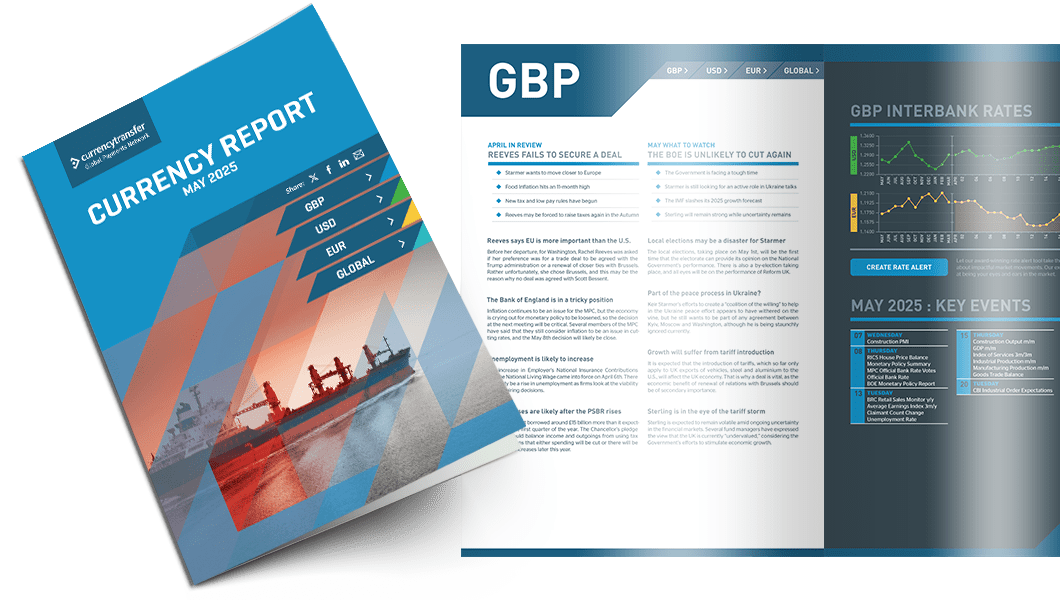
Highlights
- Pill sets a timetable for rate cuts
- Economic activity brings two schools of thought
- Services contraction the tip of the iceberg
The BoE Chief Economist sees August as reasonable for a first rate cut
Pill said that he believes the market’s expectation that the first cut in interest rates may take place next August was not “unreasonable”. He went on today that he feels that the MPC will be able to reassess at that time if nothing has happened, however, he also feels that given the current market volatility that it is unlikely that nothing will have happened.
So, concisely Pill believes that rates may be cut next August but also believes that it is unlikely that the Bank of England won’t have been forced to act, one way or another, before that.
The rate of inflation is still three times the Bank’s target, although Pill’s boss, Bank of England Governor Andrew Bailey, believes that there will be a substantial fall in the headline rate of inflation reported when the data for October is published next week.
In general, the Bank is still leaning towards inflation staying higher than it is comfortable with and keeps a bias towards another hike, although that still doesn’t rule out a cut next August not before.
There are still too many imponderables to make a valid judgement on the level of interest rates further out than three months.
With inflation expected to fall over the next two months, anything more would be pure speculation. There are signs that the rate of unemployment is beginning to rise, driving in all probability by rising interest rates.
The MPC is still unclear and unsure if the rate increases that have taken place so far have not yet been fully “absorbed” into the economy.
One good thing to come from Pill’s comments is that the Government’s cost of borrowing fell to its lowest since June. The two-year rate which is heavily influenced by changes in base rate fell to a low of 4.61% and is well below the UK’s European neighbours.
Data released by the Halifax Building Society showed that house prices rebounded last month. Month-on-month, prices rose by 1.1% after a fall of 0.3% in September, leading to a year-on-year contraction of 3.2%, an improvement over the 4.7% fall seen last month.
The pound continues to suffer at the hands of a strengthening dollar. It has now given back close to half the gains made in the wake of the weaker than expected U.S. employment report. It closed at 1.2262 and closed at 1.2303.

Read our latest currency report
Most impactful events planned this month and how they could impact your business
While some are concerned about inflation and some about growth, a soft landing is still a fantasy
For that reason, it is unlikely that any meaningful trend will develop before the end of the year.
With Jerome Powell still trying to convince his colleagues on the FOMC that rates may need to increase further to finally kill off the threat of a rise in inflation, ably supported by the President of the Minneapolis Fed, Wael Kashkari investors are concerned that a slowdown that has apparently begun with the weaker than expected October jobs report is going to spear throughout the entire economy.
Data released by China early yesterday morning showed that exports continue to fall. The data showed a fall of 6.4% following a similar fall in September. Given that the U.S. is still China’s biggest customer, demand is slowing, although it may take a month or two to filter through into the economy.
The U.S. Trade deficit is still close to a record high, data released today shows. So, although Chinese exports have fallen, imports of goods and services from the U.S. are also falling.
A more positive note was sounded by Austan Goolsbee, the President of the Chicago Fed yesterday, when he said that the “golden path” towards lower inflation without a recession is still possible. He still feels that the FOMC will be data-dependent, although they are looking at trends not one-off numbers.
Fed Chairman Jerome Powell will speak later today and is likely to continue his role as an “undercover hawk”. He will agree with Goolsbee’s sentiments but continue to warn of the perils of not being vigilant over inflation.
With inflation data also due for release next week, Powell will be hoping for a substantial fall in headline prices to go with the Fed’s continued pause.
The dollar index continues to recover but is affected by the market’s concerns over the path for the economy. Yesterday, it climbed to a high of 105.77 and closed at 105.50.
German industrial production is being decimated
Meanwhile, Spain, the shining light of the Eurozone economy produced a fall of 1.4% but in its case, it was an improvement from a 3.4% fall last month.
The industrial production data feeds directly into GDP figures and makes a recession across the entire region far more likely.
Following the comments from Robert Holzman this week, he may be in a significant minority in calling for the ECB to be more concerned about inflation than output.
Former ECB President, Jean-Claude Trichet spoke yesterday of his belief that Christine Lagarde was correct when she forecast that inflation would fall to the Central Bank’s target of 2% in 2025.
German inflation figures are due for release. Price rises are expected to be unchanged at 3%, a shade higher than the Eurozone as a whole.
The more right-wing commentators are saying that Europe is either already well into a recession, or about to start a slowdown that will force the ECB to cut rates far sooner than anyone has been forecasting.
The Governing Council has been accused of pandering to the wishes of a few hawkish members to the detriment of the many, even when considering the financial indiscipline of the few, but even they are simply reacting to the situation that the hawks have presented them with.
The European Commission has been particularly good at papering over the cracks, but it will have to act soon to prevent the union from tearing itself apart.
A fiscal union is now essential, even a temporary solution that means the adoption of a new growth and stability pact. At least that would allow the economy to stabilise even at a lower level.
The outlook for the common currency is still bleak, although it is managing to fall moderately on a daily basis. Yesterday it fell to a low of 1.0664 and closed at 1.0691. The real danger signs will come when it challenges the support level at 1.0455, but that may be a little way off.
Have a great day!

Exchange rate movements:
07 Nov - 08 Nov 2023
Click on a currency pair to set up a rate alert
Alan Hill
Alan has been involved in the FX market for more than 25 years and brings a wealth of experience to his content. His knowledge has been gained while trading through some of the most volatile periods of recent history. His commentary relies on an understanding of past events and how they will affect future market performance.